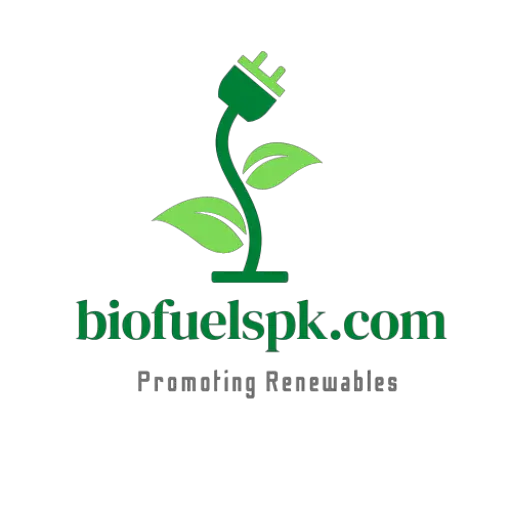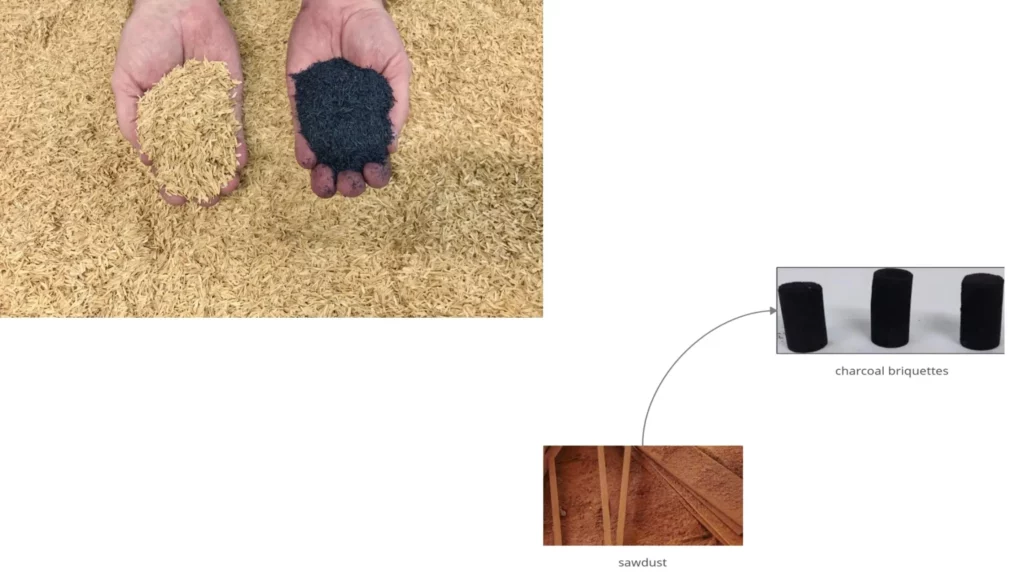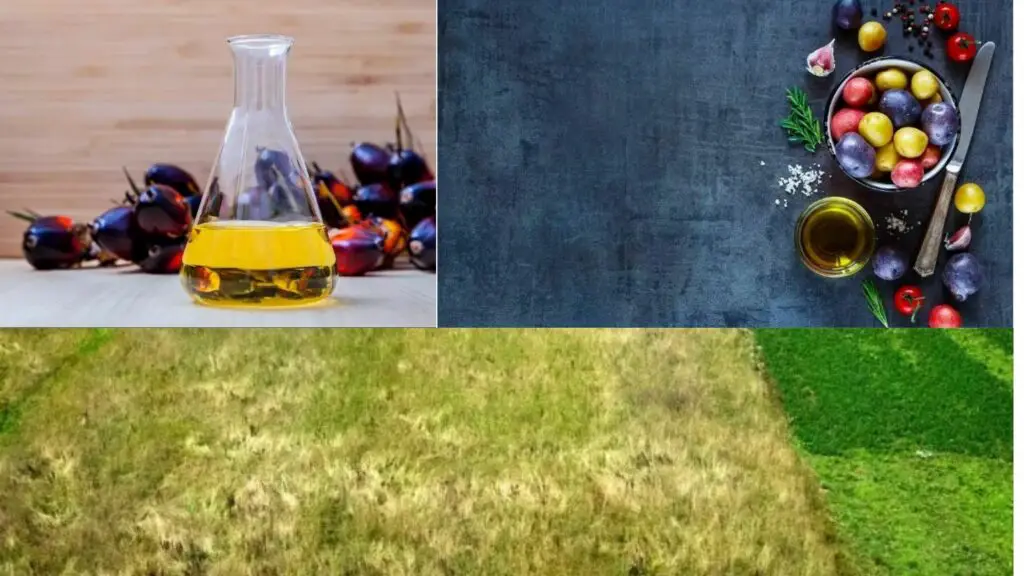Introduction:
The use of biomass fuel such as composite briquettes of sawdust becomes a good source of renewable energy for household cooking and space heating. The business practice will be greatly beneficial for both economy and environment. The investigative analysis of sawdust from waste to Wealth is based on conversion of by products. Mainly from agriculture, coal dust and waste from wood into high energy valued briquettes for heating and cooking.
Waste into Wealth!
In many countries Sawdust is often burnt off or disposed at sites nearby or in sawmills thus causing heat generation uncontrolled and wastage of energy. The issue might be raised to how to best utilize this waste in an eco-efficient way. Furthermore, the production of these biomass briquettes also provides income to the enterprises that took part in the production and selling of these briquettes. In this way, maximum exploitation can achieve Sawdust from Waste to wealth while staying within the community rather than being exported for foreigners or foreign dealers. Usually, sawdust used as a fuel by direct combustion is not an efficient source of energy as compared with crude oil. Currently, biomass can be transformed into numerous forms of energy as an alternative to oil and coal by means of chemical, thermochemical and biological processes.
Sources of Sawdust
Furniture manufacturing and wood processing undergo through several stages start from ripping raw timber to required sizes and parts, transportable dimensions, shaping, polishing and assemblage. At different steps, a sizeable quantity of waste generated in form of large off-cuts, cuts, chips and fine graded sawdust. Another source is the forestry and agricultural residues.
Method of converting Sawdust in charcoal Briquette
To improve the features of forestry and agricultural residues of biomass one applicable method is charcoal briquettes. In this technique loose biomass is densified into the briquettes for better storage and handling characteristics. Also for improvement in the volumetric calorific values. In developing countries where large amount of sawdust and agricultural waste are readily available. An appropriate technology of briquettes production could enhance the bioenergy potential.
Now let’s start with few steps to understand the conversion of sawdust into charcoal briquettes.
Collection of Sawdust
Site visits and questionnaires will help to collect the data regarding the quantification of sawdust from furniture markets, sawmills, or other targeted sites. The Polyethylene bags can be used to fill with sawdust. After this clean the sawdust with the help of magnets to get rid of tiny metal particles. After proper drying with the help of sunlight. The sawdust is ready for any type of treatment.
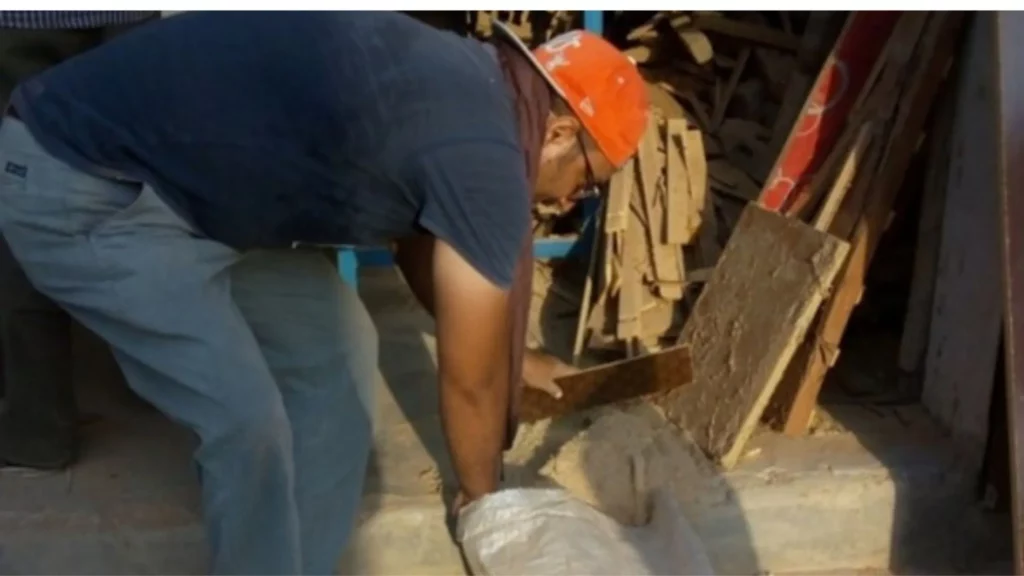
Carbonization of Sawdust
This is the main and simple step to convert sawdust into char. For this purpose just take a large drum and after cleaning this drum making small holes in the drum for limited supply of oxygen. Put Sawdust into the drum and ignite it with matchbox. This takes 3 to 4 hrs for complete carbonization. After this take the char out of the drum. Then introduce starch as a binding agent. It will help to give them any acquired shape. After this immediately put the feed(char+ starch) into the briquetting machine as shown.
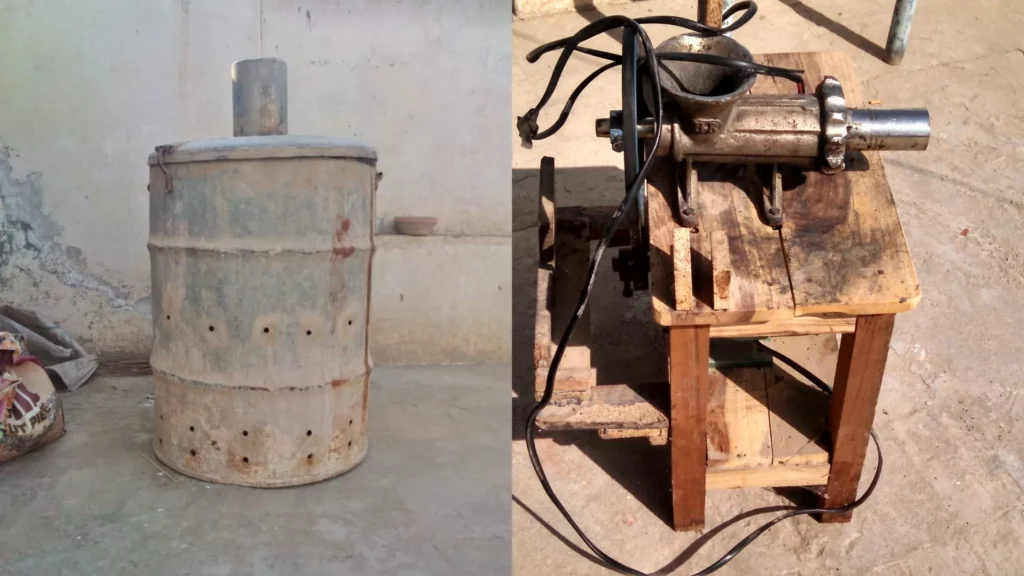
Binding agent
The starch was used as a binding agent. Starch is a carbohydrate mainly composed of glucose. The starch produced through the enzymatic physical and chemical transformation. For the preparation of binding agent add 150gram of flour with 1000ml of water in the container. Put this container on the stove and stirred it continuously with the help of spoon until it became thick and yellowish in color. The resultant product was starch. Put this starch into the char and mix it uniformly to get the slug-like form of char and binding agent.
Briquette machine
The machine was modified in the locally wood workshop with main parts main frame which was made of wood, molding unit, safety block and 2 hp motor. The prepared feed made from char and starch as a binding agent in the form of a lump. The modified machine as it was highly suitable and easily locally available all over the globe for the production of the briquettes. As the char and starch mixed together became the agglomeration form. The machine with the 2HP motor can easily operate to form the cylindrical shaped charcoal briquettes. The motor and molding unit joined with the rotary wheel. The rotary wheel moves the extruder to uniform mixing and compression of feed towards mold. The feed was charged with the help of Hooper at the input section. The feed passes through the extruder and turned into the cylindrical shaped briquettes.
Final product characteristics
The collected waste from different furniture markets was gathered and charcoal briquettes were produced. The cylindrical shape of briquettes made them easy to handle, store and use. The briquettes were packed in the 40kg polyethylene bag for storage purposes. The cylindrical briquettes have a good shutter index value. For the sake of business, the transportation of briquettes may become very easy as these were less in weight as compared to the traditionally used. The charcoal briquettes can be transported into huge amounts as of the same truck can load and transport the charcoal lesser in quantity.
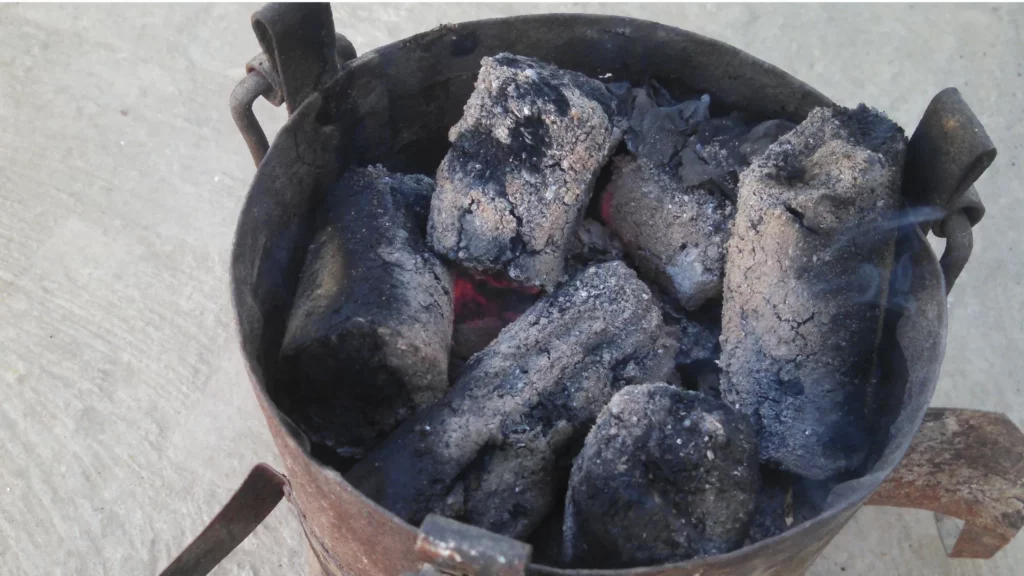
Feasibility
The biomass residue readily available in different forms all over the world. These residues are agricultural or forestry-based can be used to form the same type of charcoal briquettes. As the cellulosic properties of different biomass residues are almost same. The starch can be used which did not deflect the damaging the calorific values or heating values. Thus providing the broad spectrum to be performed on the other types of residues. The modified boilers can use these charcoal briquettes as the feed emits less smoke and reduced Greenhouse gases. The production of briquettes from indigenous resources made them highly attractive for the competing energy depict as well as business concerns for micro level enterprises. The amount of sawdust used and no of briquettes produced sustainably fulfilling all postulates of Integrated solid waste management.
Operational Cost & Profit
The fixed cost and variable cost show the operational cost per day for the production of the briquettes per tonne was PKR 25,000 and profit range from 40,000 to 42,000 PKR. This shows the real value of Sawdust from Waste to Wealth.
Conclusion
The daily earnings potential on profit based on the daily operational cost is PKR 700 to PKR 800 with the existing deigned briquettes facilities. An individual initiative of charcoal briquette production by utilizing Sawdust from Waste to Wealth as a profitable source of income. A similar technology can set up in other countries could play a vital role in recovery of useable materials from municipal waste stream. This helped to eliminate poverty alleviation in rural parts of the world for the improvement of livelihood.
For more detail & related information keep visiting
Also subscribe and watch related videos
